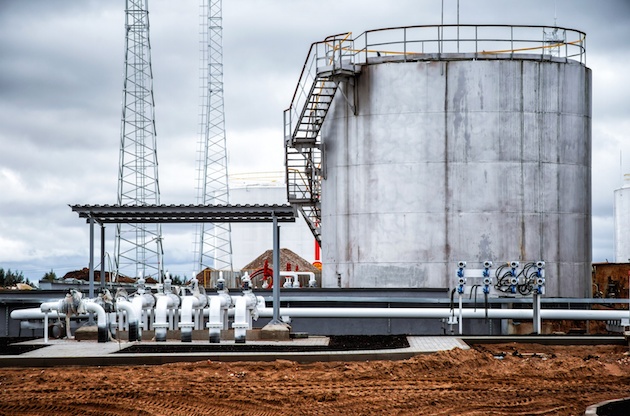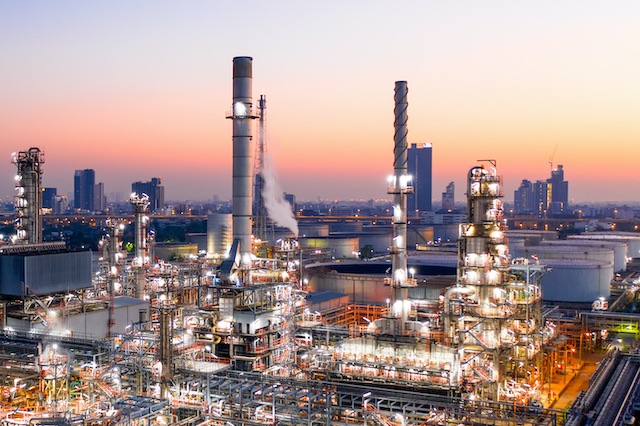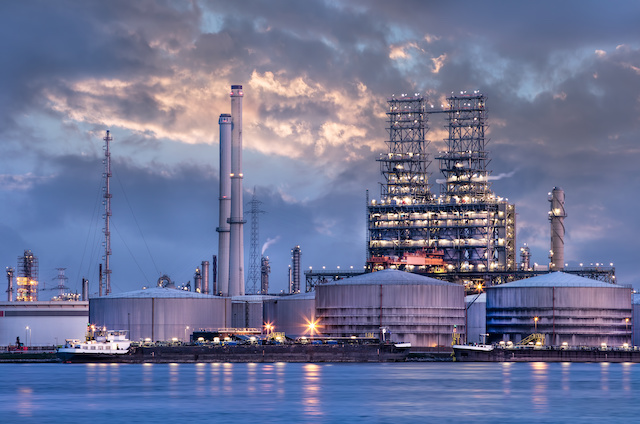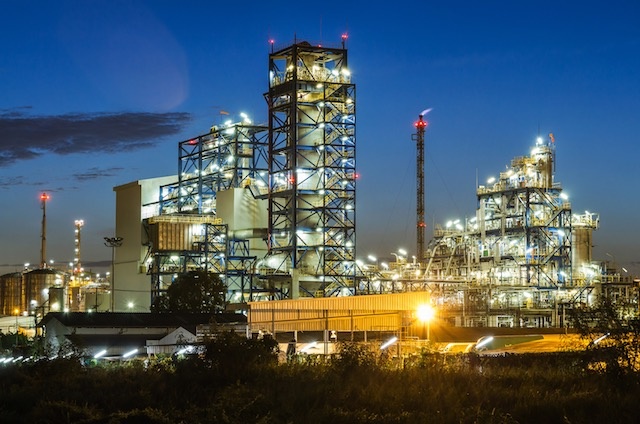
When it comes to selecting the right material for use in tough industrial environments, there are a number of factors to take into consideration. You need to know what kind of corrosive media will be present, what the operating temperature range is and what load the material will be under. In the harshest of situations, materials will need to be capable of performing in some of the most corrosive conditions on earth, at elevated temperatures and under high pressure.
Finding an alloy that can survive in such an extreme environment is not an easy task. INCONEL alloy C-276 is one material that is worth considering, thanks to its exceptional corrosion resistance to a wide range of aggressive media. It is used across a wide range of different industrial applications and is considered one of the most versatile options for tough environments. As a nickel alloy supplier, Corrotherm knows each of its materials inside out and has vast experience with the properties, characteristics and applications of this technically superior alloy.
Main characteristics
The reason INCONEL alloy C-276 is used for difficult environments is because of its nickel alloy’s properties. It is a nickel-chromium superalloy with a high inclusion of molybdenum (15-17%). There are also controlled amounts of tungsten and iron, with a carefully limited level of carbon. The low carbon content minimises carbide precipitation during heat treatment and welding. This means that when the alloy is used in as-welded structures, it retains its excellent pitting and crevice corrosion resistance. In other materials, the welded areas can become weaker after being exposed to heat during welding and therefore are more resistant to corrosion. INCONEL alloy C-276 sometimes has lower-alloyed materials overlaid in the weld zone for additional protection and even higher performance in industrial applications.
The material’s corrosion resistance is one of its main highlights. It is very resistant to general corrosion, such as stress-corrosion cracking, pitting and crevice corrosion, even in very severe environments. It’s also greatly resistant to sulfuric, hydrochloric and phosphoric acids; highly oxidising, neutral and acid chlorides; and solvents, formic and acetic acids, acetic anhydride, wet chlorine gas, hypochlorites and chlorine solutions. This is what makes it so well used in the chemical processing industry. Finally, it also has excellent resistance to seawater corrosion, especially under crevice conditions.
Industry applications
With such a broad range of resistant properties, it’s no wonder that INCONEL alloy C-276 is used in so many industrial applications.
For example, it is used in flue gas desulfurisation (FGD) systems to control the air pollution from electric power plants. The components it is used for includes scrubbers, ducting and stack liners. In comparison to other alloys, INCONEL alloy C-276 has been shown to have the ability to withstand a higher chloride content before the onset of localised corrosion. Given that scrubber liquids and gas condensates contain chlorides, it’s no wonder this is a go-to option in this industrial sector.
This nickel alloy is also chosen for use in some oilfield and subsea applications. When it comes to the recovery and handling of sour natural gas – which often contains hydrogen sulphide, carbon dioxide and chlorides – materials need to have good resistance to sulphide stress cracking and stress-corrosion cracking. INCONEL alloy C-276 has high levels of nickel, chromium and molybdenum, which work together to provide this resistance, even at high temperatures in deep wells. It’s used for things like tubing, and downhole and surface components.
Its compositional makeup is also useful in pollution control and waste processing, which is a very tough environment. The high molybdenum content in INCONEL alloy C-276 helps to form a resistance to pitting and crevice corrosion. It is used in the most aggressive sections of waste fluid treatment systems, where other materials would not be able to cope with the harsh conditions. When it comes to air pollution control, the alloy is used for stack liners, ducts, dampers, scrubbers, stack-gas re-heaters, fans and fan housings.
INCONEL alloy C-276 is also an important material in chemical processing. It has been selected for use in processes that contain ferric and cupric chloride ions, chlorine, hypochlorite, chlorine dioxide, organic acids, acetic anhydride, seawater, brine and sour oil and gas wellhead fluids. It is used for things like heat exchangers, reaction vessels, evaporators and transfer piping.
You can view the details and properties of INCONEL alloy C-276 on its dedicated product page. To find out more about any of the nickel alloys that Corrotherm supplies, see our Contact Page to get in touch.
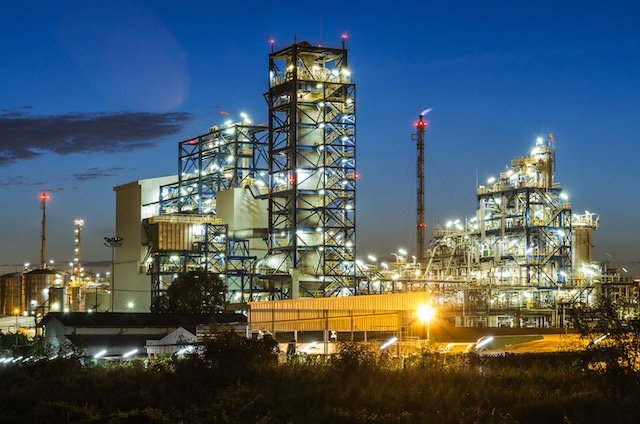 Characteristics of INCONEL alloy C276
Characteristics of INCONEL alloy C276